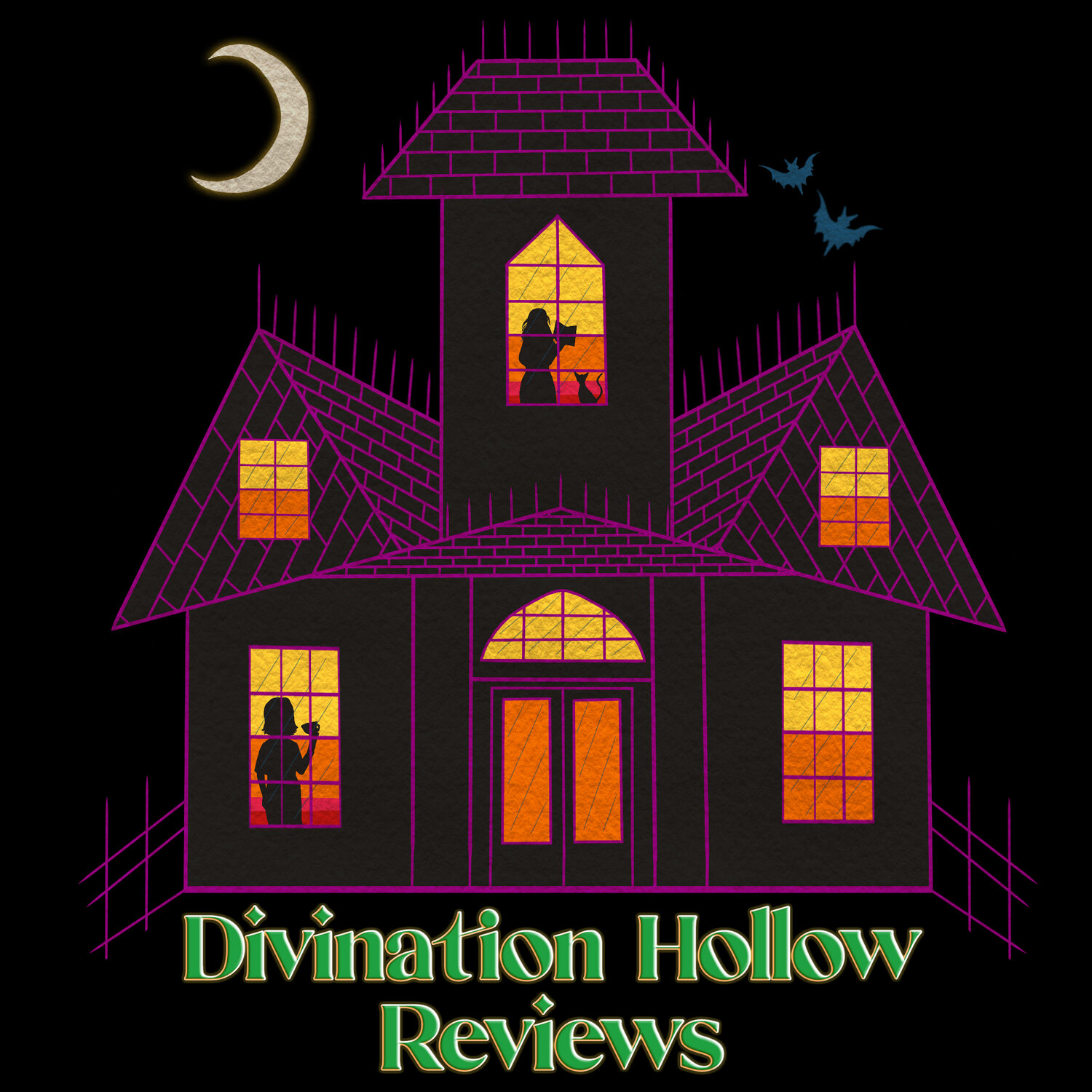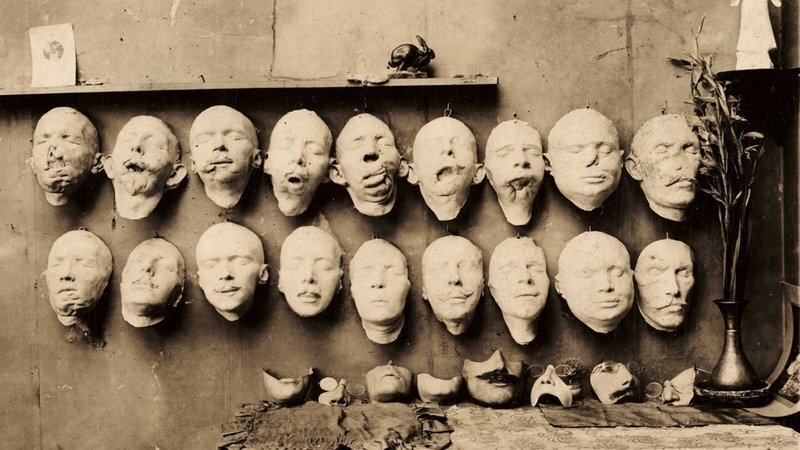The Influence of War
War, huh, what is it good for?
Turns out, war might actually be good for movies.
I’ve always been fascinated with films, and Hollywood, and the influences behind those films. Not always the people making them, but the wider social context. The ideas which filter in from the world and are put through a lens to present as make-believe. And horror, more than anything, is one of the strongest genres to do that. From whatever political parties are in power influencing whether we have a craving for blood-sucking vampires or brain-eating zombies, to recessions encouraging a spike in haunted house films, once you dive into why certain films were made at certain times, it becomes hard not to see their context.
It’s a big reason why I can’t get upset when we get more adaptations, remakes, and reimagining’s in horror. Because each one of them should, in theory, say something different about the times we live in, and reflect whatever our current fears are. The next few years will be a strange time in films as a whole. Will the typical all-for-one post-apocalyptic scenario take a backseat to a more community-coming-together idea? Exactly how many virus films are we going to see?
Movies are sometimes obvious about the thing they’re talking about, and sometimes they’re subtle. The darkest times can produce the greatest films. Focusing on the twentieth century, there were two huge influences over the films Hollywood produced, influences that overshadowed almost everything else.
Firstly, and briefly, the founding myth of the United States of America, which can be seen in the continued romanticisation of the period, with imagery and iconography taking the forefront. The Western was, of course, huge at one point, and set the basis for many years, with some films slipping into the category of ‘disguised Western’ (such as Star Wars) and the tropes from these stories slipping into many other genres.
The second biggest influence: war. During the seventies in particular, the disguised Western became, in some cases, the disguised war film, referencing or alluding to the conflict in Vietnam, with even ‘Western’ type films such as Little Big Man providing commentary on the situation. Even pure escapism genres such as musicals were touched by war. Hair is an outright commentary on the treatment of soldiers, Black and white, during this period. Going back further, An American in Paris has Gene Kelly playing a World War Two soldier who settles in Paris after the war, and in On the Town, he’s a sailor back from leave. War leaves a huge footprint in society, and going back to the early days of Hollywood, the impact of the biggest war the world had ever seen until that point is clearly felt in the early Hollywood Horror movies.
The Greatest War saw a lot of changes in warfare. New weapons were used, causing more damage and serious harm, but advances in medicine meant previously fatal injuries were no longer fatal. However, they were scarring, and although soldiers now survived amputations and disfigurements, they couldn’t hide them.
Men returning from the war returned to a society unprepared to look upon them and be reminded of their own mortality. But others, rather than shun them, took inspiration from what they saw.
Enter Tod Browning and Lon Chaney.
The two men worked closely together for many films, with Browning often giving Chaney some sort of challenge in terms of appearance. At the time, studios didn’t have their own makeup departments, and so the actors were required to do their own makeup, including ‘special effects’ required. Chaney rose to this, working on how to make himself look completely different to give him a leg up over the other actors.
Browning ran away from home at the age of 16, and joined the circus. In 1915, he experienced a horrific car accident. Browning was driving, with two actors, Elmer Booth and George Siegmann, as passengers. Booth died instantly, Siegmann was badly injured but eventually recovered, and Browning shattered his right leg and lost his front teeth, among other injuries.
The impact of Browning’s life on his movies is evident, with a number having a circus setting (including Freaks) and/or featuring characters with visible disabilities. He often required Chaney to alter his body in some way, with Chaney often spending hours on set in contorted, uncomfortable positions.
These men were both working in what was a new world. A post-WWI world likely would have looked as different to them – and everyone else at the time – as a post-Covid world might to us. They would have witnessed men returning home broken, injured mentally and physically, and with their scars on show for the world to see.
And in the work of Lon Chaney and Tod Browning, they were reflected.
Chaney’s work and dedication to his craft meant that
In Hunchback, Chaney wore a real glass eye, a 20-pound plaster hump, and a harness that strapped his left shoulder to his left hip. In Penalty, he compressed the fuck out of his legs with leather stumps to convince audiences he was a double amputee. For Phantom, he clouded his eyes with egg-whites and pulled his nose up with wires, which had the unfortunate side effect of causing it to bleed.
The tools used to make returning servicemen more ‘pleasant’ to behold, less frightening, were the same tools Chaney used for the opposite effect. And in doing so, ‘The Man of a Thousand Faces’ helped shape the horror genre, while making his characters sympathetic even while monstrous. It was a theme that would carry through, in films where the ‘other’ wasn’t just some beast to be put down, but a character to connect with, to feel for, to emphasise with.
Even those who haven’t seen these films know these characters. The sympathy for iconic ‘monsters’ like the Phantom and Hunchback would be deepened in later years, though the image of the characters remain closely linked to Chaney and his original portrayals. Together, Browning and Chaney set the stage for horror, provided a blueprint for the sympathetic monster in cinema, and paid homage – to the circus performers Browning grew up with, to the men returning from the war – through their films and Chaney’s physicality.
It is a thread seen throughout American Cinema, and to reiterate – the darkest times produce the most iconic images. These men left their fingerprints on film, images still known and revered today, inspired by the increasing number of injured men returning home from Europe, and by those they saw as outcasts to society.
Where to stream the classic “The Phantom of the Opera” movie: Amazon Prime.
By Elle Turpitt
Website: www.elleturpitt.com
Twitter: @ElleTurpitt







